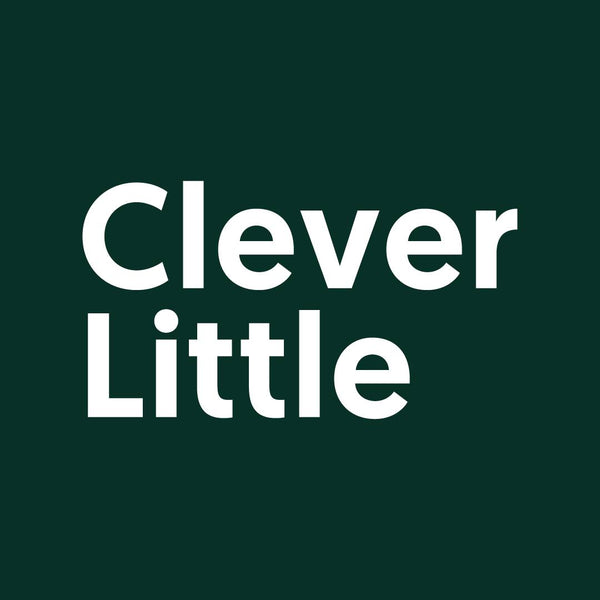
Birth Control Options: A Comprehensive Guide for Effective Family Planning
Share
In today's world, individuals have access to a wide range of birth control options, empowering them to make informed choices about their reproductive health and family planning. This article serves as a comprehensive guide, providing essential information about different birth control methods, their effectiveness, and potential side effects. Whether you're considering starting or changing your birth control regimen, read on to explore the available options.
- Understanding Birth Control:
a. Definition: Birth control, also known as contraception, refers to methods and devices used to prevent pregnancy by interfering with the process of fertilization or implantation.
b. Importance of Birth Control: Birth control allows individuals to have control over their reproductive choices, plan pregnancies, and maintain their desired family size.
- Types of Birth Control:
a. Hormonal Methods: This category includes birth control pills, patches, injections, and hormonal implants. They work by altering hormone levels to prevent ovulation and thicken cervical mucus, making it difficult for sperm to reach the egg.
b. Barrier Methods: Barrier methods, such as condoms, diaphragms, and cervical caps, physically block sperm from reaching the uterus.
c. Intrauterine Devices (IUDs): IUDs are small T-shaped devices that are inserted into the uterus. They can be hormonal or non-hormonal and provide long-term contraception.
d. Permanent Methods: This includes tubal ligation (for women) and vasectomy (for men), which are surgical procedures intended to permanently prevent pregnancy.
e. Natural Methods: Natural family planning methods involve tracking menstrual cycles, monitoring fertility signs, and abstaining from intercourse during fertile periods.
- Factors to Consider:
a. Effectiveness: Different birth control methods have varying levels of effectiveness. It's important to choose a method that aligns with your desired level of pregnancy prevention.
b. Side Effects: Each birth control method may have associated side effects. These can range from hormonal changes, weight fluctuations, and menstrual irregularities to more rare complications. Consulting with a healthcare provider is crucial to understand potential side effects.
c. Convenience and Lifestyle: Consider factors like ease of use, frequency of administration, and compatibility with your lifestyle. Some methods require daily adherence, while others offer long-lasting protection.
d. Health Considerations: Certain medical conditions, medications, or personal health factors may influence the choice of birth control method. It's essential to discuss your medical history with a healthcare provider.
- Making an Informed Decision:
a. Consult a Healthcare Provider: Schedule an appointment with a healthcare professional to discuss your options, receive personalized advice, and address any concerns.
b. Consider Lifestyle and Preferences: Reflect on your lifestyle, sexual activity, and personal preferences to select a birth control method that suits you best.
c. Regular Evaluation: Periodically reassess your birth control method to ensure it continues to meet your needs and preferences over time.
Choosing the right birth control method is a personal decision that should be based on accurate information and individual needs. We have provided an overview of various birth control options, their effectiveness, and factors to consider when selecting a method. By understanding the available choices, consulting with healthcare professionals, and considering personal preferences and lifestyle, individuals can make informed decisions about birth control that support their reproductive health and family planning goals. Remember, effective birth control allows individuals to take control of their reproductive choices and enjoy a fulfilling and balanced life.
